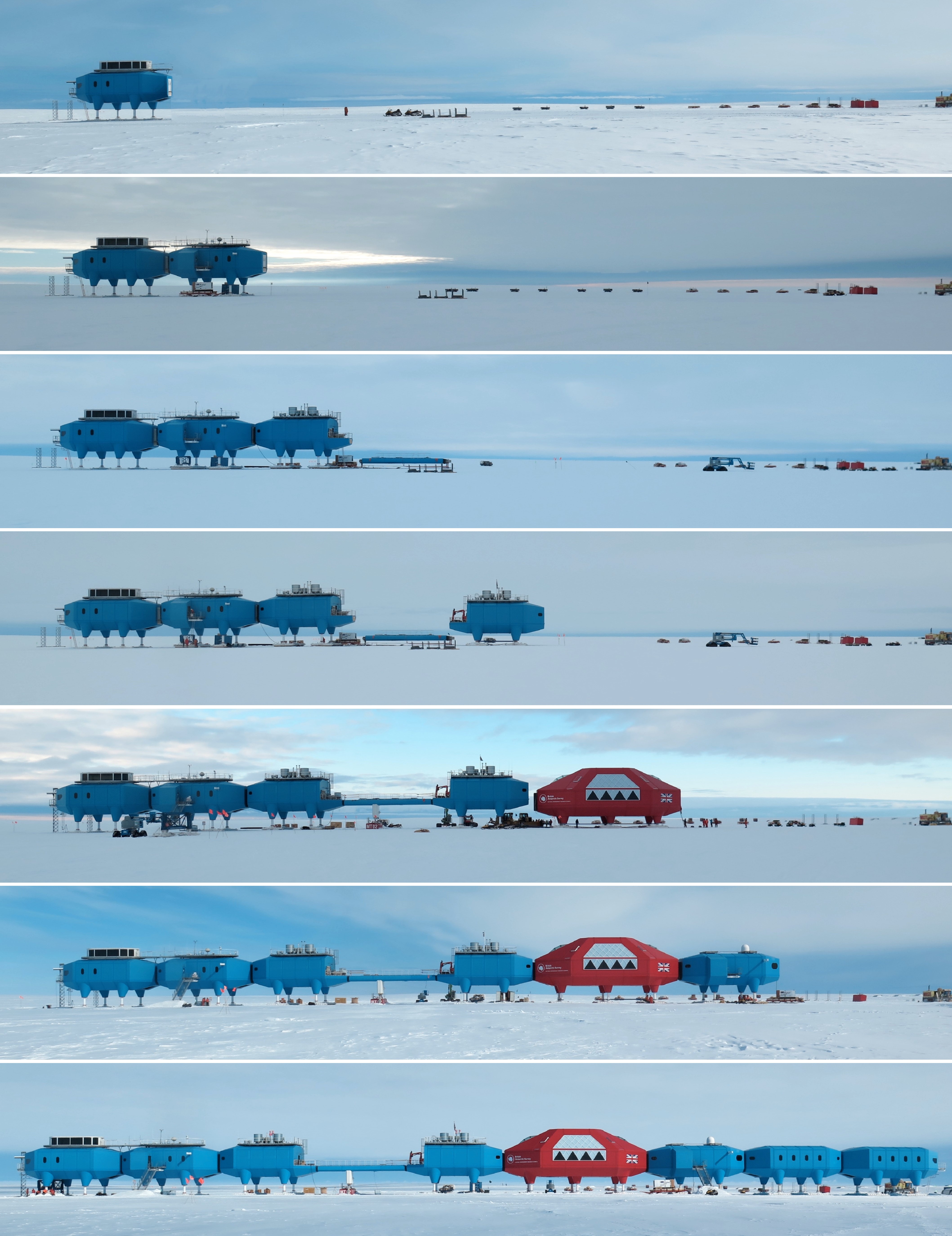Halley VI Research Station – relocation success
British Antarctic Survey (BAS) has successfully relocated Halley VI Research Station to its new home on the Brunt Ice Shelf. Operational teams have spent the past 13 weeks moving each of the station’s eight modules 23 km upstream of a previously dormant ice chasm. The station is now ready for re-occupation at the end of the Antarctic winter (November 2017).
Video of the large red living module being towed to its new location
Director of BAS Professor Dame Jane Francis is currently in Antarctica. She says,
“The relocation is a terrific achievement for our operational teams. Everyone who has worked so hard is absolutely buoyant about the success of the move. They talk about the great collegiality, what a great team they made, and how much they will miss working together. They are very proud of what they achieved – and I am proud of them all.”
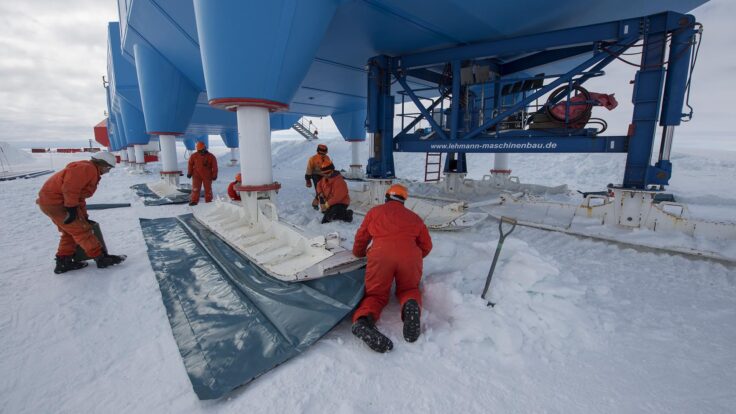
The Halley VI relocation team has carried out – for the first time – what the station was designed to do. Meticulous planning and a professional operation leaves the station in excellent condition for science and support teams to resume their work in the next Antarctic summer.
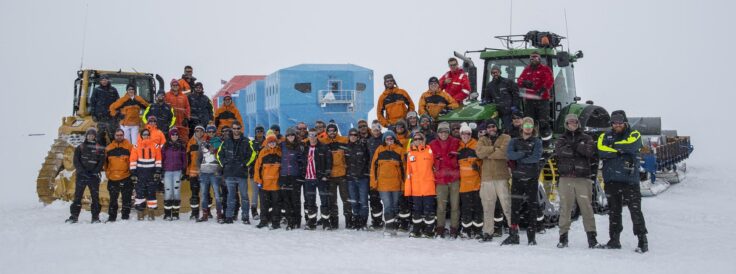

Adam Bradley is the project manager for the relocation of Halley VI. He says,
“Delivering a complex project like this in remote Antarctica requires exceptional people. The team down here this season surpassed our expectations – they worked incredibly hard, often in very difficult conditions, to get the job done safely and on schedule. The camaraderie of the group has been amazing, which made the season fun as well as successful. “
Last month, as a safety precaution, the Director of BAS took the decision not to winter a team at Halley following the detection of a new and unpredictable ice crack on the Brunt Ice Shelf.
Whilst during the Antarctic summer ships and aircraft operating in the vicinity would enable BAS to mount a fast uplift of personnel if a fracturing of the ice shelf occurred, access is extremely difficult during the winter months of 24-hour darkness, extremely low temperatures and the frozen sea.
Scientific research programmes at Halley, which date back to 1956, are recognised globally as critical for understanding how and when the ozone hole will recover, how our climate will respond to future change, and how extreme space weather events may affect the satellite industry.
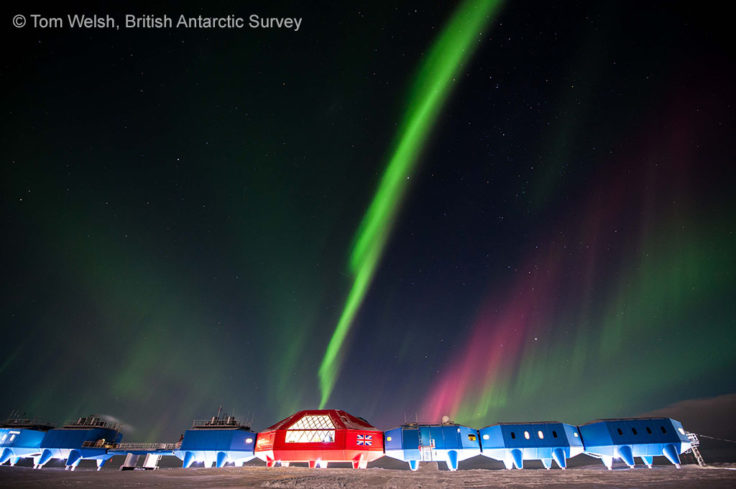
Since taking the decision to close Halley VI for winter BAS science and operational teams have developed plans to minimise disruption to research programmes. Selected scientific instruments and equipment have been ‘winterised’ at the new site, ready to be used when the science teams return in November. Some scientific equipment is being returned to UK for maintenance.
Discussions with research collaborators to investigate alternative data capture for atmospheric and space weather science are ongoing. Automatic weather stations will continue to collect data for long-running research programmes. Five new remotely-operated ice monitoring stations will extend the range of the existing monitoring network. Over the winter data from some these instruments will be transmitted back to glaciology teams at the BAS Cambridge offices for analysis to aid planning for next season’s return.
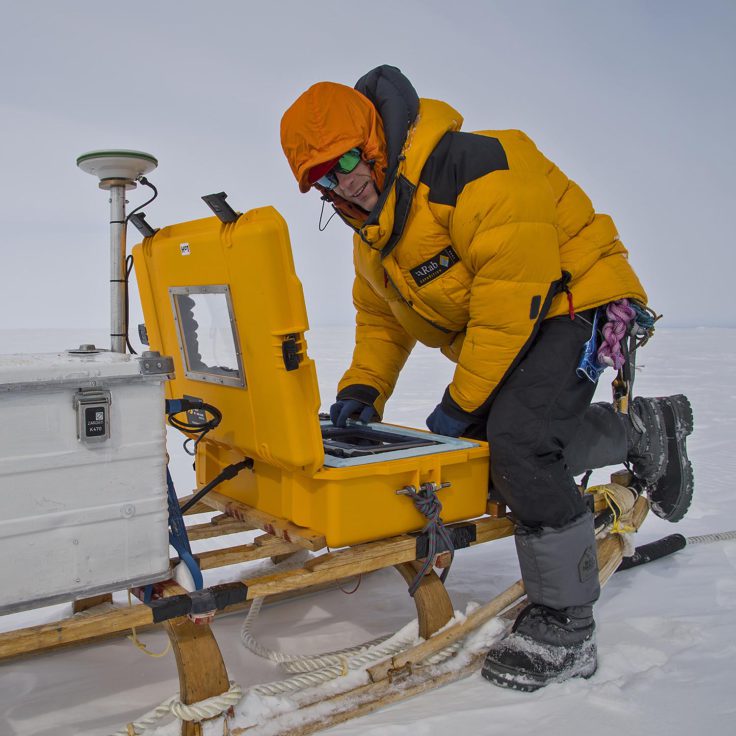
Meteorological and ozone equipment is being readied in temporary facilities so that measurements can resume as early as possible next Antarctic summer.
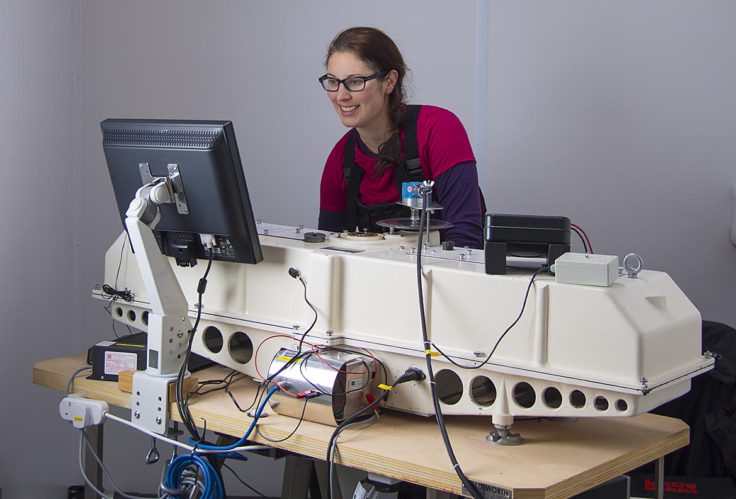
Staged withdrawal of Halley VI personnel is taking place now. Many of the summer-only staff who were employed to relocate the station are returning home onboard RRS Ernest Shackleton. Of the 16 people who were expecting to winter at Halley VI three will work at Rothera Research Station on the Antarctic Peninsula instead, one person will work at King Edward Point station on South Georgia and others will return to Cambridge to work on other projects over the UK summer. Many of the winter team will then return to Halley VI next season.
